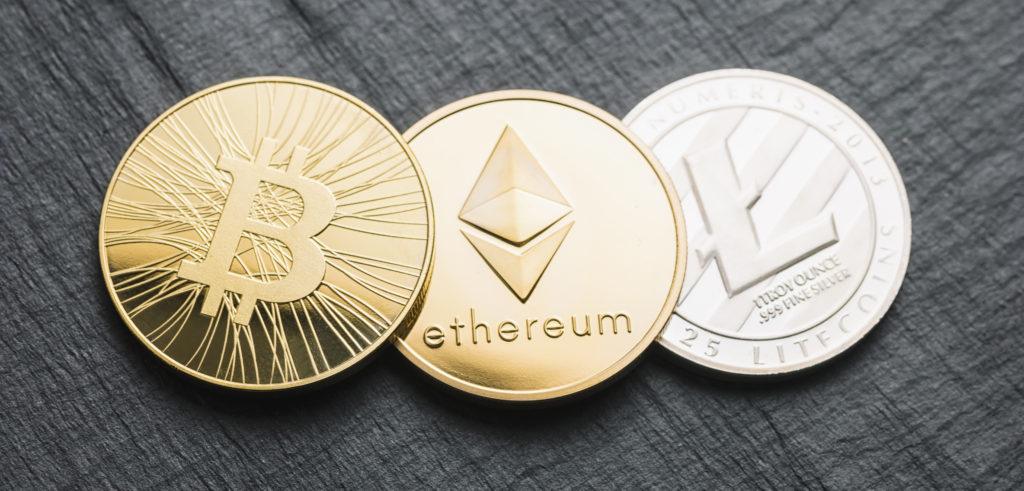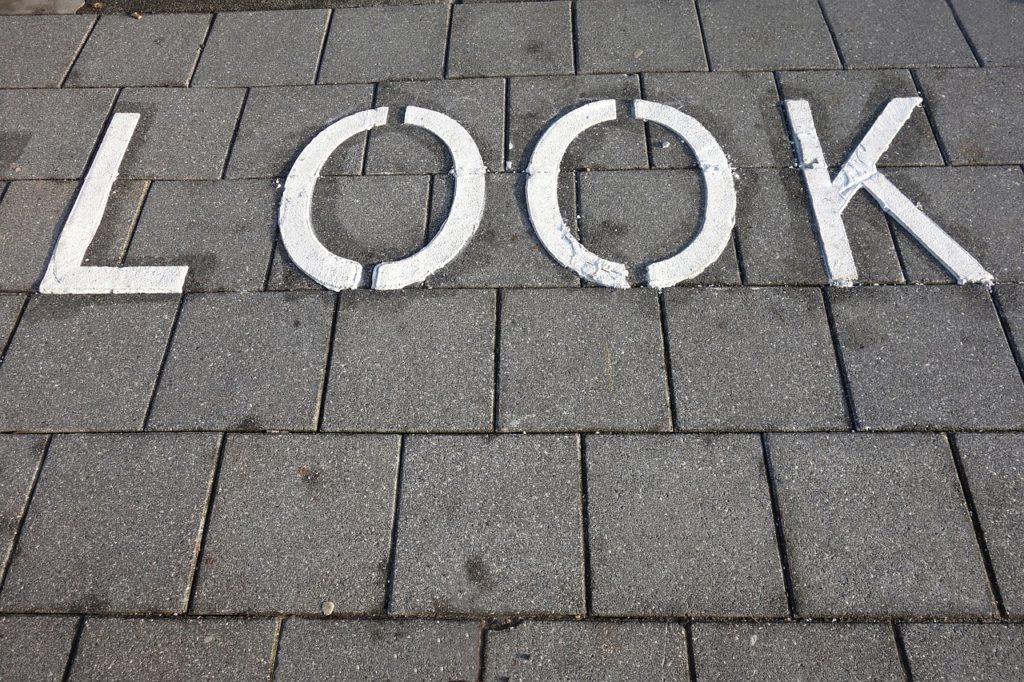
If you survived the crash course into Bitcoin and other types of cryptocurrencies, and you still want to get in on the action, the best advice would be to proceed with caution. If you want to know how to invest in crypto, as with any investment, the same rules apply. Don’t invest more than you can afford to lose and make sure to do your due diligence first.
The world of cryptocurrency is still so new and changes are happening daily. With the full on ban in China and the EU considering regulation, investors in crypto must be prepared to get in on a continually evolving landscape. Their investment is not without risk. In fact, there are plenty of risks to investing in an unregulated digital currency that has no governing regulatory body and is not internationally accepted.
Add to that the sheer volume of different types of cryptocurrencies available and your head may be spinning. How can you be sure of making a smart investment? Well, you can start out keeping these tips in mind:
Decide What Type of Crypto You Want
You can invest in coins, utility tokens, or tokenized securities. These three main kinds of cryptos are presented as an ICO, or initial coin offering, to raise funds. Just like with an IPO in the initial fundraising stages, except these companies create their own digital currency in the hope of attracting investors, who are looking for the next big crypo boom.
Consider The Long Term Potential
If you’re looking to join the lucky few and make your fortune overnight, sorry to say this, but you may be too late. People are no longer putting their money in and out, in and out. Investing is becoming a long game, and you need to place your money in a cryptocurrency and a project that has a long term future.
Just as you would when making an investment in any company, check out the real sustainable value of the project and look beyond all the marketing hype.
What Actual Value Do The Tokens Have?
This is a key point that people new to crypto often forget–to look at the value of the token. In other words, why was the token created and what is it for? Does it solve an actual problem? Is it needed? What does the token do in the business? If you can’t see any real value in the token and it isn’t tied to the business, it probably doesn’t have long lasting potential.
Look At The Management Team
With the lack of regulation and the ability to get rich quick, unsurprisingly come a lot of scammers. So, take your time to look at the management team behind the project. You should know if the company is serious if they’re open and willing to publish information about their team. See what each member’s background and real contribution to the project is and look for solid developers and experience in cryptocurrency.
Is There A White Paper?
The white paper isn’t the only factor to take into account, although some say it’s arguably the most important piece of a serious ICO. Here you will find out about all aspects of the project; the concept and technology behind it, and other essential information. If the white paper feels a bit thin to you or the ICO doesn’t have a white paper, that should raise some red flags.
Consider Safe Platforms
If you want more reassurance, the crypto world is beginning to regulate itself. Safe platforms like Descrow.com are starting to appear. All the ICOs on their sites have been previously vetted and have to pass certain criteria to avoid scammers. Their technology has to be safe to avoid hackers, and investors may feel safer parting with their cash in this way. It’s no hard guarantee that the project will take off, but at least it will be legitimate.
There is no safe bet when it comes to cryptocurrency. Looking back a few months before the crash, Bitcoin would have seemed like the obvious choice. So, beyond all the hype and desire to make a lot of money quickly, think long term and invest in a project that you really believe in, and that will have the best chances of growing–and making you money with it.
















I really love your blog.. Pleasant colors & theme. Did you build this web site yourself?
Please reply back as I’m looking to create my own blog
and would like to find out where you got this from or what the theme is named.
Kudos!
I got this web site from my pal who told me concerning this web page and
now this time I am visiting this web site and reading very informative articles or reviews here.
Everything is very open with a precise explanation of the issues.
It was truly informative. Your website is extremely helpful.
Thanks for sharing!
WOW just what I was looking for. Came here by searching for minecraft download mojang